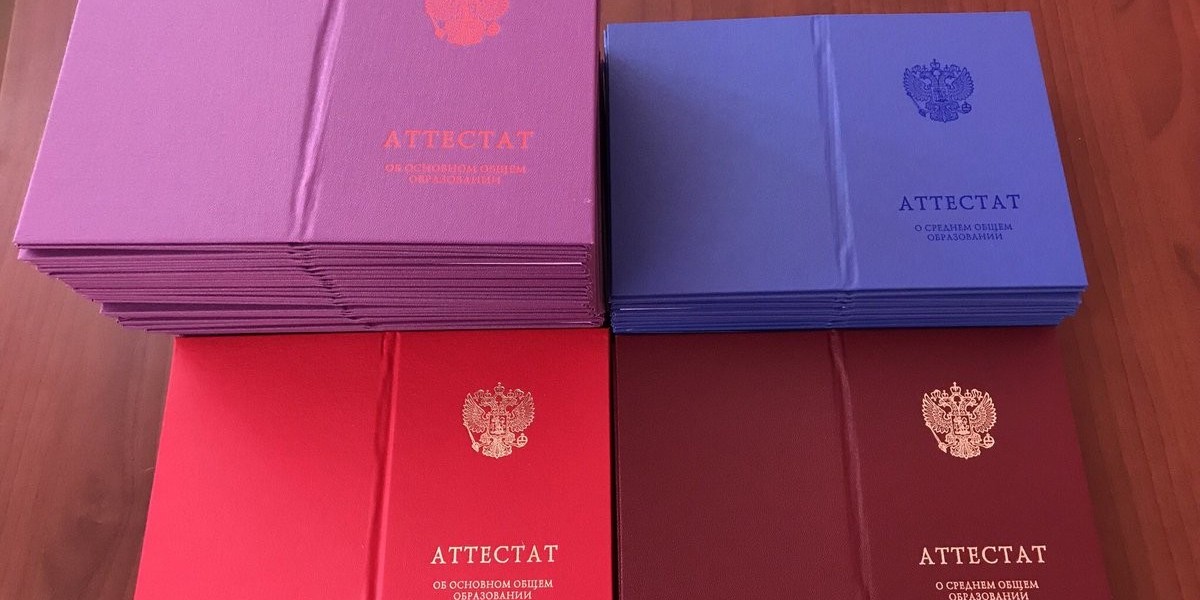At its core, crowdfunding is a method of raising money from a large group of individuals, typically via an online platform. The funds are collected to support various ventures, from business startups to creative projects. Crowdfunding differs from traditional loans in that it often doesn’t require repayment with interest, depending on the type of campaign. Instead, some forms of crowdfunding offer non-monetary rewards, equity, or other incentives to contributors.
The Different Types of Crowdfunding
Crowdfunding encompasses several distinct models, each with its unique structure and benefits. Understanding these can help investors and businesses determine which model best suits their goals:
Equity-Based Crowdfunding: This form involves investors funding a business in exchange for equity or shares. Essentially, investors become part-owners of the business, sharing in its profits and losses. This model is ideal for startups or companies seeking long-term growth capital without accumulating debt.
Reward-Based Crowdfunding: In this model, backers contribute funds in exchange for a reward, often related to the project. This is common for creative endeavors like music albums or new product launches, where supporters receive early versions of the product or other benefits.
Real Estate Crowdfunding: Investors pool their funds to support property developments. This model has gained traction due to its ability to democratize real estate investments, enabling people to participate in property ventures with relatively small amounts of capital.
Crowdlending (Peer-to-Peer Lending): Although technically a subset of crowdfunding, crowdlending operates differently by offering loans to businesses or individuals. These loans are repaid with interest over a fixed period, making this model more aligned with traditional lending practices.
The Difference Between Crowdfunding and Crowdlending
While both crowdfunding and crowdlending are based on collective funding, the key difference lies in repayment and incentives. In crowdfunding, funds are raised without the expectation of repayment, especially in reward-based or equity crowdfunding. Crowdlending, on the other hand, is structured around loans that must be repaid with interest.
Crowdlending, or P2P lending, has emerged as a popular financing option for startups and small businesses. It enables companies to bypass traditional financial institutions, which often impose stringent lending requirements. Through crowdlending platforms, businesses can access funds quickly, while investors earn returns in the form of interest payments.
For investors, crowdlending offers the advantage of predictable returns over a set time frame. It’s particularly appealing for those looking for stable, income-generating investments, although it does carry risks, as borrowers may default on their loans.
The Evolution of Crowdfunding in Europe
The European crowdfunding market has seen significant growth over the past few years, with platforms expanding across multiple countries and sectors. As of early 2023, Europe was home to nearly 600 crowdfunding platforms, offering a wide range of services from P2P lending to real estate crowdfunding.
The increase in crowdfunding activity reflects broader trends in financial technology (fintech), where digital platforms are democratizing investment opportunities. For businesses, particularly startups, crowdfunding presents an accessible means to raise capital without navigating the complexities of traditional banking systems.
Additionally, crowdfunding aligns with the growing desire among investors to support innovative, mission-driven projects. By contributing to crowdfunding campaigns, investors can participate in ventures that align with their personal values or interests, such as sustainability initiatives or local community projects.
The Benefits of Crowdfunding for Investors and Businesses
Crowdfunding offers numerous advantages for both sides of the investment equation. For businesses, it provides a quick and flexible way to raise capital, especially for those who may not qualify for conventional loans. Startups, in particular, benefit from crowdfunding as it enables them to access funds without giving up control or accumulating debt.
For investors, crowdfunding offers a unique opportunity to diversify their portfolios by investing in a wide range of projects. Whether it's supporting a new tech startup, participating in real estate ventures, or backing creative endeavors, crowdfunding provides an accessible entry point into markets that were previously reserved for institutional investors.
Crowdfunding also fosters a sense of community. Investors are not just backing a project financially—they are often passionate about the success of the business or product they are supporting. This emotional investment can lead to stronger ties between backers and the ventures they support, creating a more engaged and loyal investor base.
Convenience and Accessibility
One of the key reasons crowdfunding has gained popularity is its convenience. The entire process, from launching a campaign to contributing funds, is typically conducted online. This makes it easy for businesses to reach a global audience of potential investors. Similarly, investors can browse and contribute to campaigns from the comfort of their homes.
The low entry barriers also make crowdfunding appealing. Many platforms allow investors to contribute small amounts, making it accessible to a wider range of people. This is particularly beneficial for individuals who are new to investing or who may not have significant amounts of capital to invest upfront.
The Future of Crowdfunding
As the crowdfunding market continues to expand, new opportunities for innovation are emerging. For example, blockchain technology has the potential to further disrupt the crowdfunding space by increasing transparency and security. By leveraging decentralized networks, blockchain can enhance trust between investors and project creators, reducing the risk of fraud.
Another trend shaping the future of crowdfunding is the rise of specialized platforms. Rather than offering a broad range of campaigns, these platforms focus on niche markets, such as renewable energy projects or social impact ventures. This allows investors to tailor their portfolios to specific industries or causes, increasing the potential for both financial returns and personal satisfaction.
Conclusion
Crowdfunding has revolutionized the way businesses raise capital and investors participate in the financial market. Its rapid growth in Europe highlights its potential as a major force in modern finance. Whether through equity crowdfunding, reward-based campaigns, or crowdlending, crowdfunding provides a flexible, convenient, and accessible means of financing for both businesses and investors.
As the crowdfunding landscape continues to evolve, platforms like Maclear AG are leading the way by offering innovative solutions that bridge the gap between traditional finance and the digital economy. With a commitment to transparency, security, and investor success, Maclear AG is well-positioned to help businesses and investors navigate the exciting world of crowdfunding.








